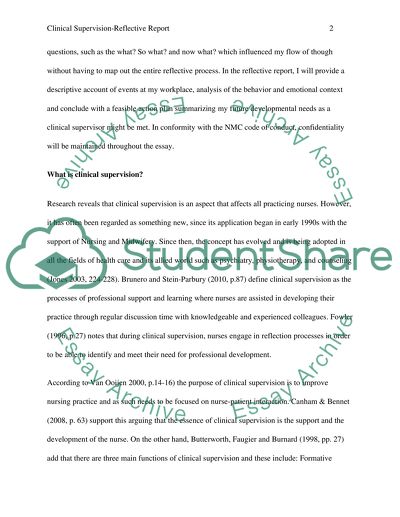Cite this document
(“Clinical Supervision Importance in Practices Nursing Essay”, n.d.)
Clinical Supervision Importance in Practices Nursing Essay. Retrieved from https://studentshare.org/nursing/1401005-clinical-supervision
Clinical Supervision Importance in Practices Nursing Essay. Retrieved from https://studentshare.org/nursing/1401005-clinical-supervision
(Clinical Supervision Importance in Practices Nursing Essay)
Clinical Supervision Importance in Practices Nursing Essay. https://studentshare.org/nursing/1401005-clinical-supervision.
Clinical Supervision Importance in Practices Nursing Essay. https://studentshare.org/nursing/1401005-clinical-supervision.
“Clinical Supervision Importance in Practices Nursing Essay”, n.d. https://studentshare.org/nursing/1401005-clinical-supervision.


